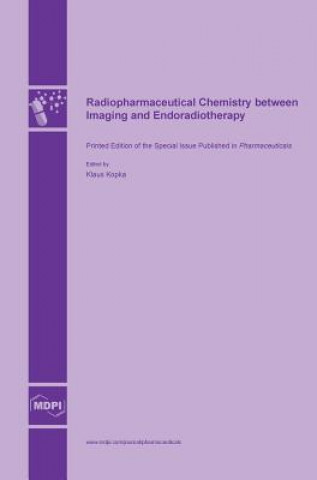
Kód: 10885150
Radiopharmaceutical Chemistry between Imaging and Endoradiotherapy
Positron emission tomography (PET), single photon emission computed tomography (SPECT), and the combined imaging modalities realised in the en-vogue hybrid technologies PET/CT and PET/MR represent the state-of-the-art diagnostic i ... celý popis
- Jazyk:
 Angličtina
Angličtina - Vazba: Pevná
- Počet stran: 256
Nakladatelství: Mdpi AG, 2015
- Více informací o knize

Mohlo by se vám také líbit
-

Narrating the Past
1665 Kč
Dárkový poukaz: Radost zaručena
- Darujte poukaz v libovolné hodnotě a my se postaráme o zbytek.
- Poukaz se vztahuje na celou naši nabídku.
- Elektronický poukaz vytisknete z e-mailu a můžete ihned darovat.
- Platnost poukazu je 12 měsíců od data vystavení.
Více informací o knize Radiopharmaceutical Chemistry between Imaging and Endoradiotherapy
Nákupem získáte 204 bodů
 Anotace knihy
Anotace knihy
Positron emission tomography (PET), single photon emission computed tomography (SPECT), and the combined imaging modalities realised in the en-vogue hybrid technologies PET/CT and PET/MR represent the state-of-the-art diagnostic imaging technologies in nuclear medicine which are used for the highly sensitive non-invasive imaging of biological processes at the subcellular and molecular level in a respective patient for the visualisation of rather early disease states or for early inspection of treatment response after chemotherapy, radiation- or radioendotherapy. Radiolabelled molecules, bearing a "radioactive lantern", function as so called Radiopharmaceuticals which have to be compliant with the pharmaceuticals act, and can be termed as "food" of nuclear medicine. In general, the specialised field Radiopharmaceutical Chemistry focusses on the development, synthesis and radiolabelling of aforementioned "food", such as small molecules, biotechnology-derived antibodies or (cyclised) (oligo)peptides which are used to address clinically relevant biological "downstream" targets such as receptors, enzymes, transport systems and others. Addressing "upstream" targets such as DNA- and RNA-fragments using corresponding radioactive substrates represents a further feasible strategy. Originally, Radiopharmaceutical Chemistry descends from radiochemistry and radiopharmacy as well as nuclear chemistry and uses methods finally aiming at the production of radioactive substances for human application which are essential for non-invasive in vivo imaging by means of the aforementioned scintigraphic methods PET or SPECT. The cornerstone for applicable radiochemistry in nuclear medicine was set by the Hungarian chemist George Charles de Hevesy who received the Nobel Prize in 1943 for his work on the radioindicator principle. This principle is based on the idea that the absolute amount of the administered substance is below the dose needed to induce a pharmacodynamic effect. Nowadays, a radioactive substance that can be traced in vivo as it moves through the living organism is termed radiotracer or radiopharmaceutical. As mentioned above, the biodistribution of radiopharmaceuticals is measured non-invasively reflecting functional or molecular disorders without pharmacologically affecting the organism. In the era of personalised medicine the diagnostic potential of radiopharmaceuticals is directly linked to a subsequent individual therapeutic approach called radioendotherapy. Depending on the "radioactive lantern" (gamma or particle emitter) used for radiolabelling of the respective tracer molecule, the field Radiopharmaceutical Chemistry can contribute to the set-up of an in vivo "theranostic" approach especially in tumour patients by offering tailor-made (radio)chemical entities labelled either with a diagnostic or a therapeutic radionuclide. To succeed in the design of targeted high-affinity radiopharmaceuticals that can measure the alteration of receptors serving at the same time as biological targets for individualised radioendotherapy several aspects need to be considered: (i) reasonable pharmacological behaviour (especially pharmacokinetics adjusted to the physical half-life of the used radionuclide), (ii) ability to penetrate and cross biological membranes, (iii) usage of chemical as well as biological amplification strategies (e.g. pretargeting, biological trapping of converted ligands, change of the physicochemical behaviour of the radiopharmaceutical after target interaction, combination with biotransporters and heterodimer approaches), (iv) availability of radiopharmaceuticals with high specific activities and in vivo stability.
 Parametry knihy
Parametry knihy
Zařazení knihy Knihy v angličtině Medicine Other branches of medicine Pharmacology
2036 Kč
- Plný název: Radiopharmaceutical Chemistry between Imaging and Endoradiotherapy
- Jazyk:
 Angličtina
Angličtina - Vazba: Pevná
- Počet stran: 256
- EAN: 9783038420842
- ISBN: 9783038420842
- ID: 10885150
- Nakladatelství: Mdpi AG
- Hmotnost: 753 g
- Rozměry: 244 × 170 × 21 mm
- Datum vydání: 01. September 2015
Oblíbené z jiného soudku
-

New Bach Flower Therapies
360 Kč -

New Bach Flower Body Maps
498 Kč -
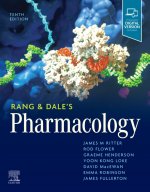
Rang & Dale's Pharmacology
1691 Kč -

Prescriber's Guide - Children and Adolescents: Volume 1
1530 Kč -
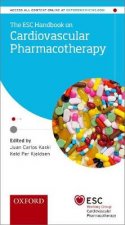
ESC Handbook on Cardiovascular Pharmacotherapy
2070 Kč -
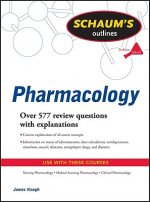
Schaum's Outline of Pharmacology
743 Kč -

Toxin Solution
342 Kč -

Prescriber's Guide: Antipsychotics
1091 Kč -

Poisoner's Handbook
381 Kč -
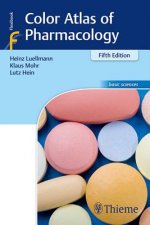
Color Atlas of Pharmacology
1296 Kč -
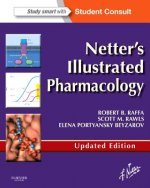
Netter's Illustrated Pharmacology Updated Edition
2257 Kč -
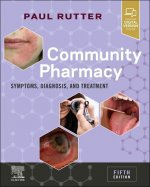
Community Pharmacy
1342 Kč -
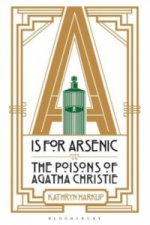
A is for Arsenic
377 Kč -
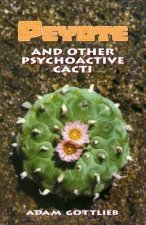
Peyote and Other Psychoactive Cacti
321 Kč -
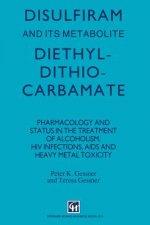
Disulfiram and its Metabolite, Diethyldithiocarbamate
1665 Kč -
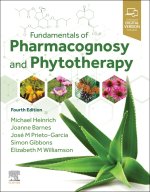
Fundamentals of Pharmacognosy and Phytotherapy
1799 Kč -
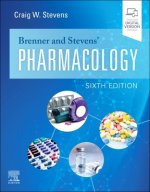
Brenner and Stevens' Pharmacology
1692 Kč -
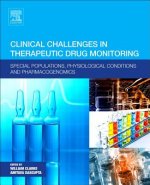
Clinical Challenges in Therapeutic Drug Monitoring
1638 Kč -
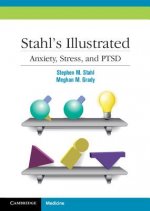
Stahl's Illustrated Anxiety, Stress, and PTSD
1710 Kč -

Age of Anxiety
747 Kč -
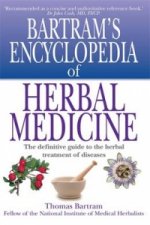
Bartram's Encyclopedia of Herbal Medicine
410 Kč -
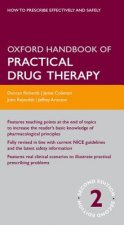
Oxford Handbook of Practical Drug Therapy
1084 Kč -

Health from God's Garden
360 Kč -
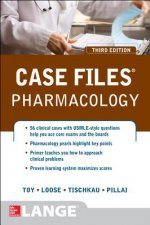
Case Files Pharmacology, Third Edition
985 Kč -
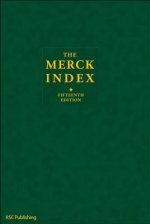
Merck Index
4162 Kč -

Cannabis Alchemy
474 Kč -

Truth About the Drug Companies
410 Kč -
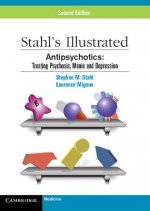
Stahl's Illustrated Antipsychotics
1709 Kč -

Manual of Chinese Herbal Medicine
663 Kč -
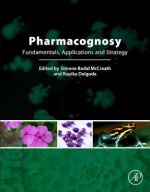
Pharmacognosy
4828 Kč -

Clinical Pharmacy Education, Practice and Research
4031 Kč -
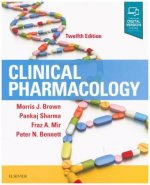
Clinical Pharmacology
1641 Kč -

Druid's Herbal for the Sacred Earth Year
321 Kč -
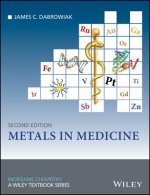
Metals in Medicine 2e
2508 Kč -

Clarke's Analytical Forensic Toxicology
2274 Kč -

Chelation Controversy
480 Kč -

Handbook of Antioxidants
3804 Kč -

Pharmacist Guide to Implementing Pharmaceutical Care
5061 Kč -
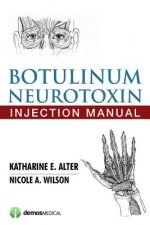
Botulinum Neurotoxin Injection Manual
2166 Kč -
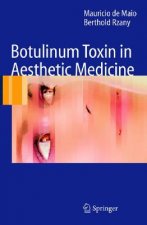
Botulinum Toxin in Aesthetic Medicine
4266 Kč -
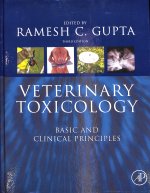
Veterinary Toxicology
4024 Kč -
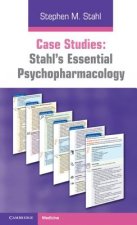
Case Studies: Stahl's Essential Psychopharmacology
1951 Kč -

Pharmacognosy and Phytotherapy
3879 Kč -
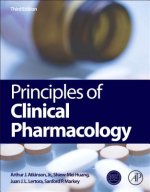
Principles of Clinical Pharmacology
4031 Kč -
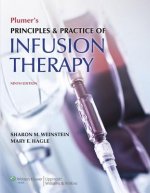
Plumer's Principles and Practice of Infusion Therapy
3086 Kč -

Hair Analysis in Clinical and Forensic Toxicology
3232 Kč -

Prescriber's Guide: Antidepressants
1911 Kč -
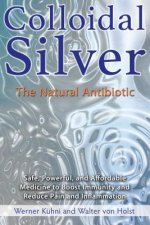
Colloidal Silver
365 Kč -

Handbook of Drug Administration via Enteral Feeding Tubes
1961 Kč
Osobní odběr Praha, Brno a 12903 dalších
Copyright ©2008-24 nejlevnejsi-knihy.cz Všechna práva vyhrazenaSoukromíCookies



 Vrácení do měsíce
Vrácení do měsíce 571 999 099 (8-15.30h)
571 999 099 (8-15.30h)